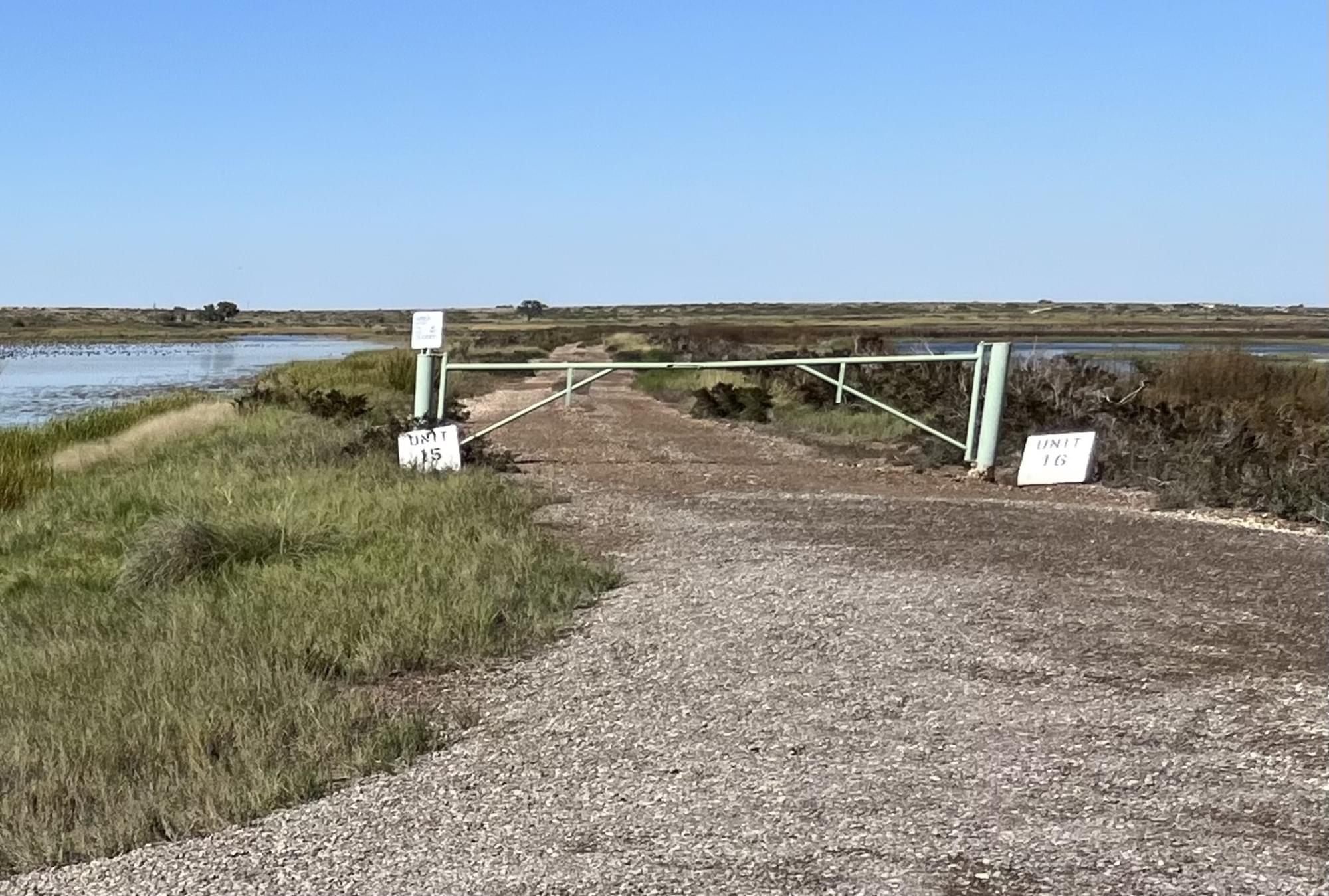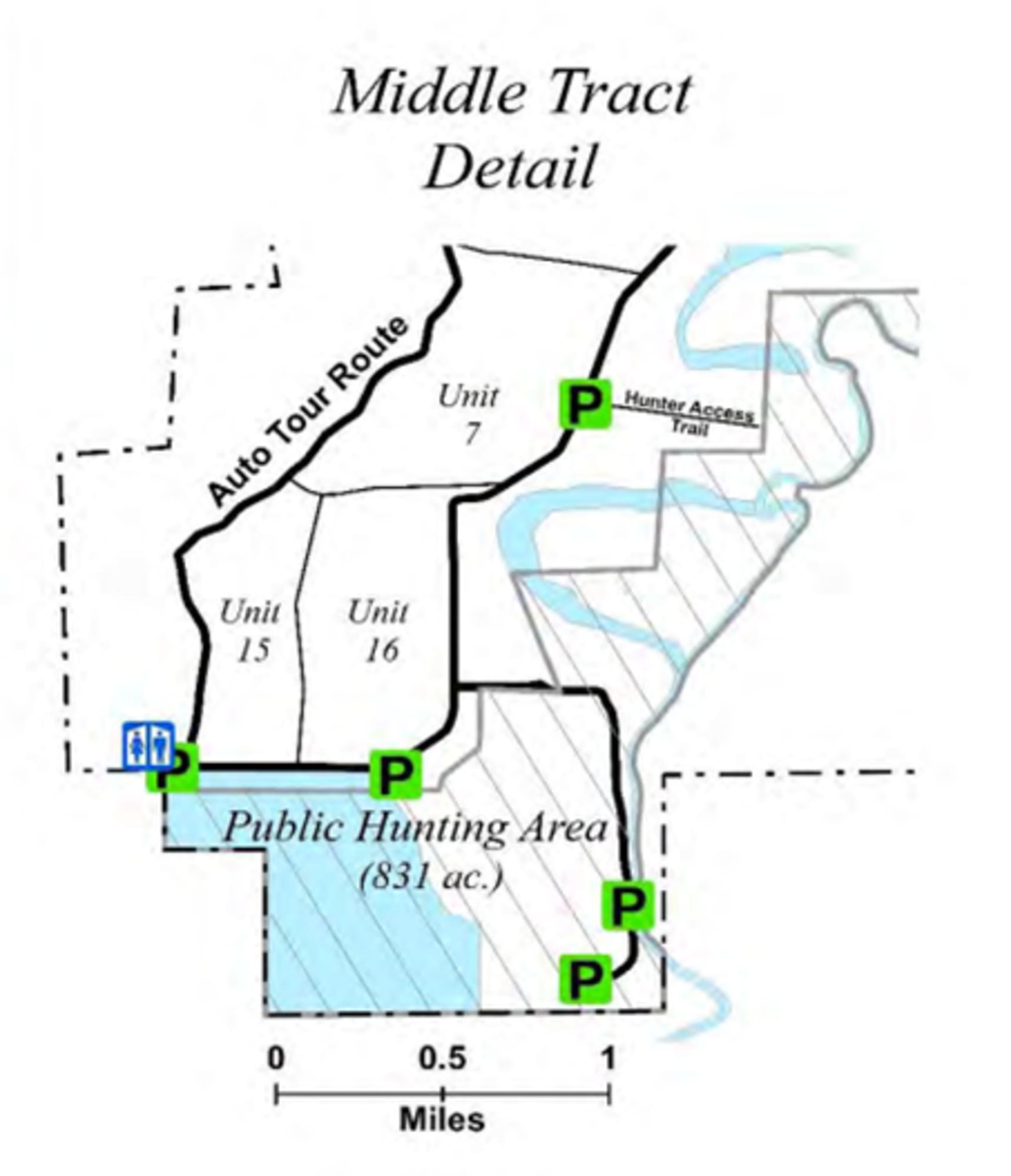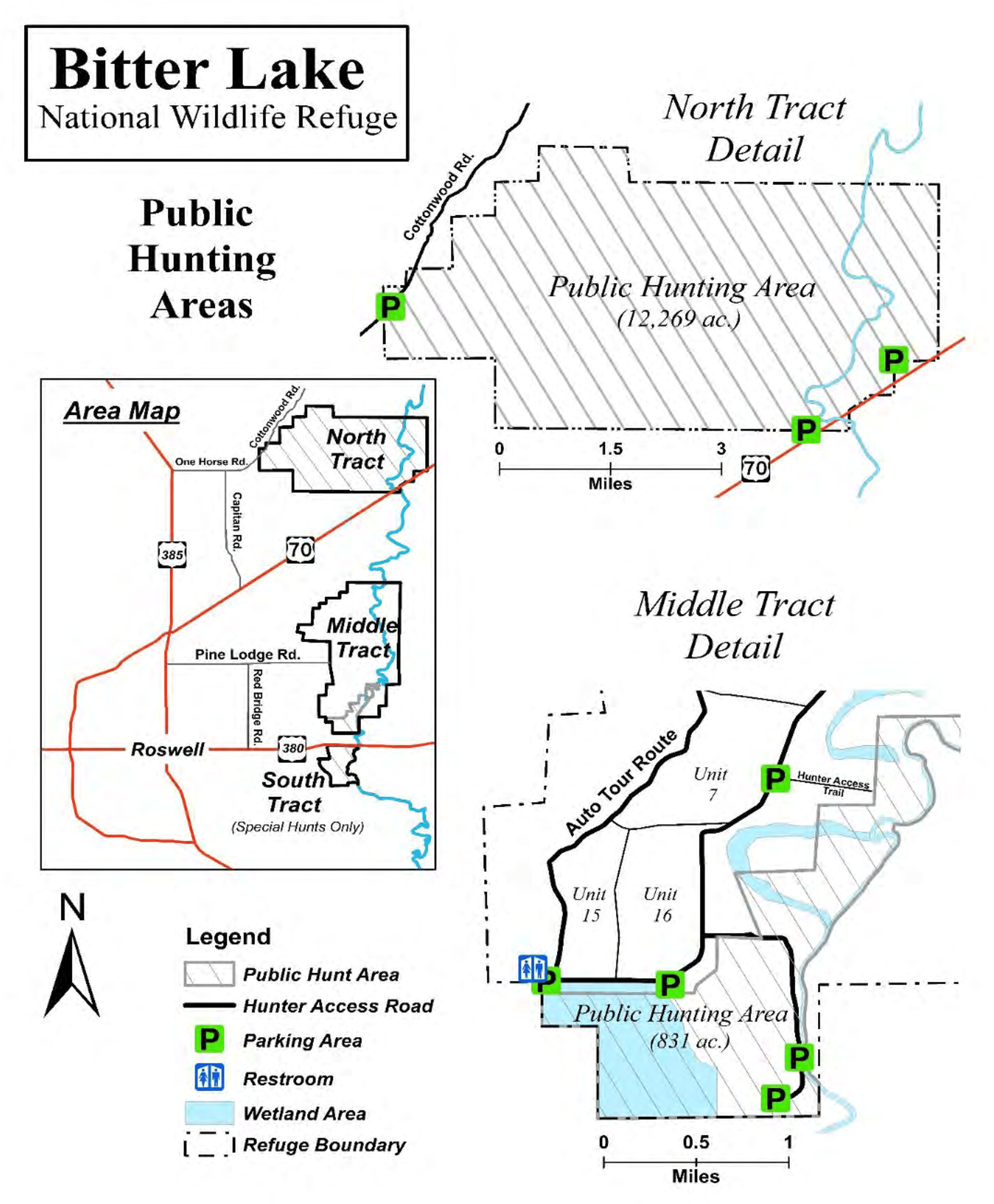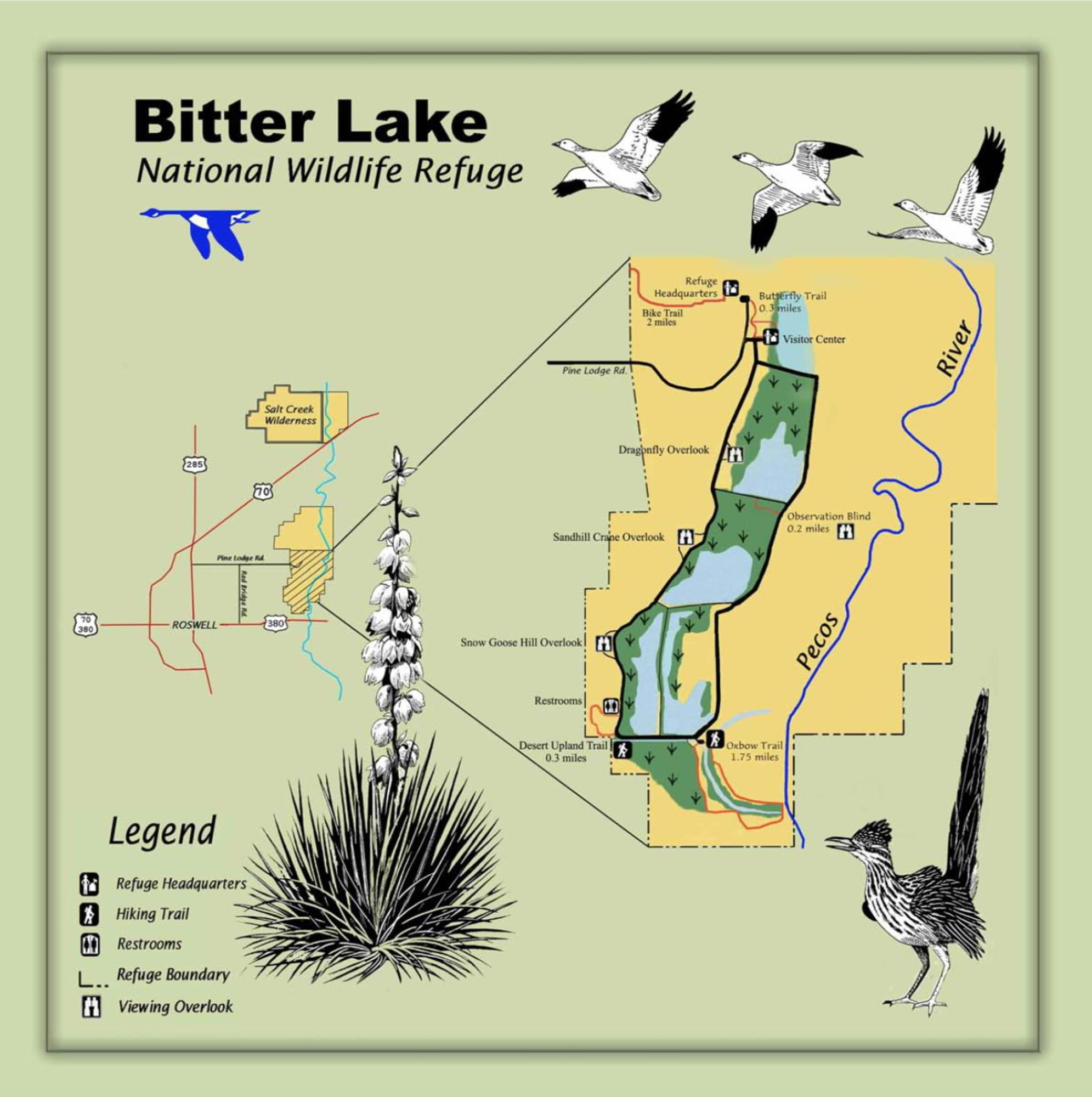Bitter Lake NWR--Parking Between Units 15 & 16

Bitter Lake NWR--Parking Between Units 15 & 16
Roswell, New Mexico 88201
Bitter Lake National Wildlife Refuge Official WebsiteBitter Lake National Wildlife Refuge Important Bird Area webpage
Friends of Bitter Lake National Wildlife Refuge webpage
Bitter Lake National Wildlife Refuge map
Tips for Birding
Often, a large mounted spotting scope is set up on the west side of this parking area, nearer Unit 15, but having your own spotting scope offers more flexibility. In winter, you will see a greater number of grebes and diving ducks in this unit, as it is deeper than Unit 16.
This is a location-specific hotspot; record what you can see from the parking area, not what you observe driving to or from the location. Sightings at the nearby Desert Upland Trail, directly west, should be listed for the general Bitter Lake NWR hotspot, whereas birds at the Oxbow Trail, directly east, should be listed for that specific hotspot. On a checklist for this hotspot, t is appropriate to report birds observed in the marsh immediately south of the parking area, across the tour loop road.
About this Location
This pull off is on the south end of the auto tour between the Desert Upland Trailhead and the Oxbow Trail. Units 15 and 16 are two substantial, rectangular water impoundments, taken together, covering 350 acres. Although you can get a distant view of the north end of Unit 15 from Goose Hill Overlook, to get a closer view of birds on the two units, take advantage of the gravel parking area on the north side of the road, where the dike intersects the tour loop on the loop’s southernmost portion.
About Bitter Lake National Wildlife Refuge
See all hotspots at Bitter Lake National Wildlife Refuge
Bittle Lake National Wildlife Refuge has been designated as an Important Bird Area.
Bitter Lake National Wildlife Refuge protects and provides habitat for some of New Mexico’s most rare and unusual creatures such as the least shrew, Noel’s amphipod, least tern, Pecos sunflower, and Roswell spring snail.
Located where the Chihuahuan Desert meets the Southern Plains, Bitter Lake National Wildlife Refuge is one of the more biologically significant wetland areas of the Pecos River watershed system. Established in 1937 to provide wintering habitat for migratory birds, the refuge plays a crucial role in the conservation of wetlands in the desert Southwest.
Bitter Lake is an ecological crossroad where the Chihuahuan Desert meets short grass prairie, the Pecos River, and the Roswell artesian basin. The blending of these different ecological conditions has created some unusual biological conditions. Here you will find wetland-dependent species interacting with desert creatures.
The abundant water supply draws a documented 357 species of birds to the refuge. In addition 59 species of mammals, more than 50 species of reptiles and amphibians, 24 types of fish, and more than 100 species of dragonflies and damselflies are found in this oasis.
Features
Roadside viewing
Restrooms on site
Wheelchair accessible trail
Entrance fee
Content from Bitter Lake National Wildlife Refuge Official Website and John Montgomery
Last updated March 12, 2023


